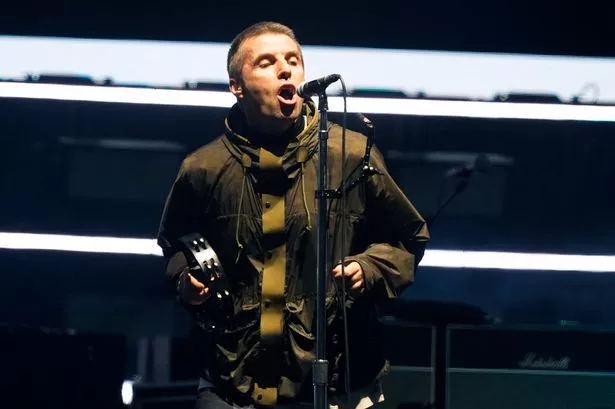Alexandra Burke, the mother-of-two, and Darren Randolph, the mother-of-two, have separate future plans, but the chart-topper has set out her priorities.
Singer Alexandra Burke knows what she wants out of life – it involves getting fit and expanding her family. The X Factor winner, who is already a mum of two, can’t wait to have more kids with her fiancé, footballer Darren Randolph.
The 36-year-old wants to run two marathons first, though. By God’s grace, Alexandra declares, “I’m going to New York and London next year.” Then consider adding more children. We’d love to have four, but we’re good with whatever the universe gives us because we’re so fortunate to have two.
We’d like to try, but we’re not currently doing so because we’re currently fitness freaks. I’m a mother and an actress at the same time, and I’m enjoying my job.
READ MORE: X Factor star unrecognisable as he weds partner for the second time
The former X Factor winner says her health came into focus eight years ago when she lost her mum, the Soul II Soul singer Melissa Bell at the age of 53. She was diabetic and suffered kidney failure. Alexandra says that taking care of herself became even more of a priority after the arrival of her children, aged three and two. She and Darren have never publicly shared their names or gender in a bid to help keep them out of the limelight.
Alexandra says: “I’ve always been in the fitness mindset. As long as I can be healthy and strong for my kids, nothing else matters. I feel your health is your wealth and you’ve just got to take care of stuff as much as you can. We live in a world where you hear about so much negativity. If there’s one thing we all can control, it’s what we put in our bodies, how much we move our bodies, create great endorphins and just try and find happiness in every thing that we try and do.”
Having run the London Marathon this year, Alexandra caught the bug. “Marathons come first now,” she says. “Running gives me so much joy. I only ran 10k once in lockdown or would just do 5k on the treadmill. Now I do nine miles.”
The star has also set herself another fitness goal – the notoriously tough Hyrox challenge, which tests endurance and strength. Alexandra will be doing it alongside Middlesbrough FC goalkeeper Darren, 38. She reckons that couples who train together really do stay together, revealing that their exercise sessions have further cemented their already strong relationship.
“Darren’s an athlete, you know what I mean,” says Alexandra. I must follow along with him. He presses and says, “Alex, come on, you’re the one with the best outlook.” We’re having a little down day today, but we’ll just go for a run together.”
Alexandra believes that exercise is a much better way to lose weight than fat jabs after working out with Darren. It’s your body, you choose, she says. However, I have to make sure my a*** is present at the gym while I run.
Her upcoming role as Morticia in the Addams Family musical tour, which starts this month, also keeps her blood pumping. However, she was forced to perform her star turn before it even started due to a knee injury she sustained during rehearsals.
Alexandra said, “I injured myself a few weeks ago with a suspected torn meniscus, at the Grand Prix Ball for the Make-A-Wish Foundation. If the MRI hadn’t been torn, it would have been terrible. I’m still able to conduct the show.
As well as her X Factor success in 2008, Alexandra finished as a runner-up on Strictly Come Dancing in 2017 with her pro partner Gorka Marquez, had a No.1 album in 2009 and has starred in the West End stage shows The Bodyguard and Sister Act. The Londoner has also just made her on-screen acting debut in the new Paramount+ crime drama Curfew, alongside Cutting It star Sarah Parish.
She has also targeted Hollywood’s bright lights in addition to those marathons and babies. She admits that she would love something in the Avengers, but I won’t lie. Wakanda is what I want to be! Wakanda is not being discussed, so I’m going to keep it in the universe. I’ll even shave my head to get it.





















